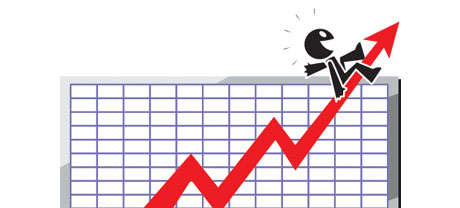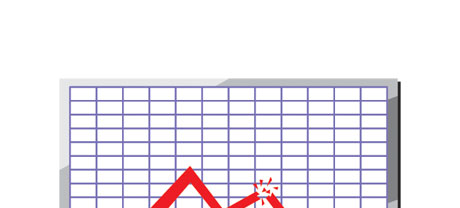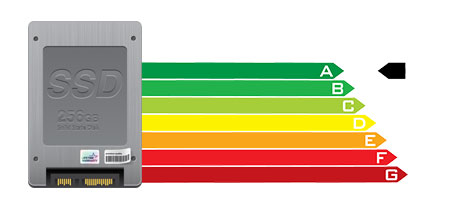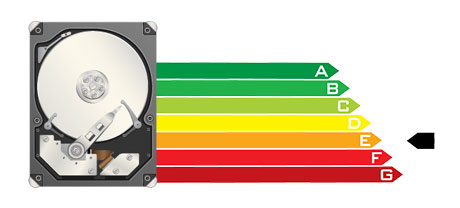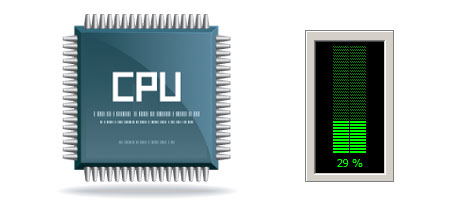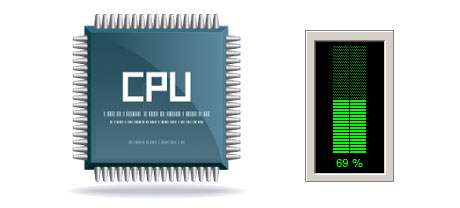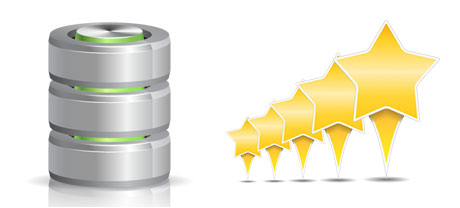If you have a site or an app, pace is critical. The swifter your website works and also the quicker your web apps work, the better for everyone. Because a site is only a set of files that interact with one another, the devices that store and access these files have an important role in site efficiency.
Hard disks, or HDDs, were, until recent times, the most dependable devices for keeping data. Nonetheless, in recent times solid–state drives, or SSDs, have already been gathering popularity. Check out our evaluation chart to check out whether HDDs or SSDs are more effective for you.
1. Access Time
Due to a radical new method of disk drive general performance, SSD drives allow for noticeably faster file accessibility speeds. With an SSD, data accessibility instances are far lower (as low as 0.1 millisecond).
HDD drives still makes use of the same fundamental data access technology that’s actually developed in the 1950s. Although it has been substantially upgraded after that, it’s sluggish in comparison to what SSDs are offering. HDD drives’ data access speed can vary somewhere between 5 and 8 milliseconds.
2. Random I/O Performance
Due to the exact same radical technique enabling for quicker access times, it’s also possible to appreciate better I/O performance with SSD drives. They can perform two times as many procedures throughout a given time compared to an HDD drive.
An SSD can manage at least 6000 IO’s per second.
Throughout the same lab tests, the HDD drives proved to be significantly slower, with simply 400 IO operations handled per second. Although this may appear to be a good deal, for people with a hectic server that contains loads of well–liked web sites, a slow disk drive may result in slow–loading websites.
3. Reliability
SSD drives are meant to have as less moving elements as is feasible. They use an identical technology like the one utilized in flash drives and are also much more dependable as opposed to traditional HDD drives.
SSDs come with an average failing rate of 0.5%.
As we have noted, HDD drives rely on spinning disks. And anything that makes use of a great number of moving components for continuous time frames is more prone to failing.
HDD drives’ average rate of failure varies among 2% and 5%.
4. Energy Conservation
SSD drives work virtually soundlessly; they don’t create surplus warmth; they don’t call for more cooling down solutions and consume significantly less power.
Tests have demostrated the typical electricity use of an SSD drive is somewhere between 2 and 5 watts.
HDD drives are renowned for being loud. They need a lot more electrical power for air conditioning applications. Within a hosting server that has a multitude of HDDs running all the time, you will need a great number of fans to make sure they’re cooler – this will make them a lot less energy–economical than SSD drives.
HDDs consume in between 6 and 15 watts.
5. CPU Power
As a result of SSD drives’ greater I/O effectiveness, the main web server CPU can easily work with data queries faster and preserve time for other functions.
The average I/O delay for SSD drives is exactly 1%.
HDD drives permit sluggish access speeds as compared to SSDs do, which will result in the CPU needing to hang around, although arranging allocations for the HDD to uncover and give back the demanded data.
The standard I/O delay for HDD drives is just about 7%.
6.Input/Output Request Times
In real life, SSDs operate as admirably as they managed during HostingDemand.com’s trials. We produced a complete platform back–up using one of our own production web servers. Throughout the backup process, the normal service time for any I/O requests was below 20 ms.
Using the same hosting server, however, this time loaded with HDDs, the end results were completely different. The common service time for an I/O request fluctuated between 400 and 500 ms.
7. Backup Rates
You’re able to experience the real–world great things about having SSD drives each and every day. For example, on a server loaded with SSD drives, a complete data backup is going to take merely 6 hours.
We implemented HDDs exclusively for lots of years and we have got decent comprehension of how an HDD works. Creating a backup for a server designed with HDD drives will take about 20 to 24 hours.
Should you want to instantly improve the efficiency of one’s sites while not having to alter any kind of code, an SSD–powered website hosting solution is a really good choice. Have a look at our cloud website hosting plans packages and also our VPS web hosting plans – our services feature extremely fast SSD drives and can be found at competitive prices.
Hepsia
- Live Demo
Service guarantees
- HostingDemand.com’s Virtual Private Servers come with no installation rates and work in a dependable network providing 99.9% of uptime. Full root access to the server warranted.
Compare our prices
- Review the instruments and characteristics coming with our Virtual Private Servers. You could start off with a cheaper VPS Web Hosting package and upgrade with only a click of the mouse as your demands grow.
- Compare our hosting plans
Contact Us
- Get in touch with us day and night by email or by utilizing the ultra–fast ticketing system. Our technicians are ready to respond to all of your queries within 60 minutes.



